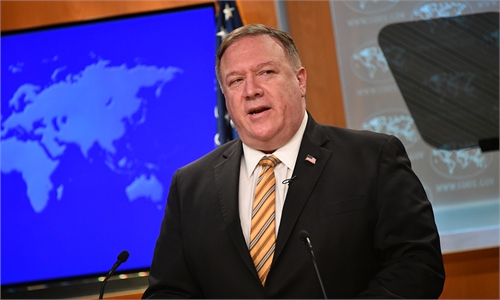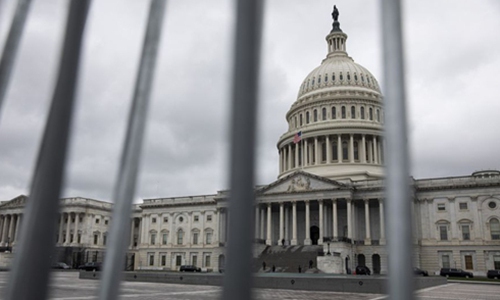Photo: China Aerospace Science and Technology Corporation
According to a CNSA press release the Global Times attained on Friday, the Long March-5 Y4 rocket arrived at the Wenchang Space Launch Center in late May this year, and has completed preparation work including assembly and pre-launch tests.
On Friday Morning, the carrier rocket was transferred to the launch area after a smooth roll-out from the assembly building, which took around two hours, the CNSA said.
Propellant will be injected into the rocket after further functional checks and final inspections. And then the rocket will be launched according to schedule.
The minimum distance between Mars and Earth is about 55 million kilometers, and the two planets only come that close every 26 months, state-owned space giant China Aerospace Science and Technology Corporation (CASC), the mission's contractor, told the Global Times in June. The Mars exploration window is open between July and August.
The final launch date of China's Mars probe mission will be determined by environmental factors including weather conditions, the distance between Earth to Mars and the launch center's overall condition, as well as a small but more decisive factor, the technical readiness inspection before launch, Wang Ya'nan, chief editor of the Aerospace Knowledge magazine, told the Global Times on Friday.
There must be no rainfall, with a ground wind speed of below 8 meters per second and horizontal visibility above 20 kilometers, Beijing-based space expert Pang Zhihao told the Global Times.
Moreover, from eight hours before launch until one hour after launch, 30 to 40 kilometers of surrounding areas should have no thunder activity, and wind speeds should be weaker than 70 meters per second in skies 3 to 18 kilometers above the launch area, Pang said, noting that winds at 8 to 15 kilometers above ground would affect the rocket's flight form.
A wind speed difference in the lower and upper air could twist the rocket's body, leading to failure, he said.
The UAE's mission to Mars has been rescheduled for launch between July 20 and 22, the UAE government announced on Thursday.
The launch of Japan's Hope probe was postponed twice this week due to unstable weather at its launch site on Japan's Tanegashima island.
"Weather conditions in Hainan are in general better than those in Japan. That was one of the factors China took into consideration when deciding to construct the launch center in the southern island of Hainan," Wang said.
The mission will mark the first application launch of the Long March-5, currently the strongest member of the Chinese carrier rocket family. It will be China's first rocket launch into the Earth-Mars transfer orbit.
The Tianwen-1 Mars probe mission was approved by Chinese authorities on January 2016, and aims to achieve orbiting, landing and roving on the Red Planet in a single mission.
The upcoming launch will be the fourth flight of the Long March-5, following the successful comeback of the state-of-the-art rocket at the end of 2019, more than two
years after a July 2017 launch failure on the rocket's second test flight due to engine problems. Earlier on Tuesday, media reported that spacecraft developer, the China Academy of Space Technology, had revealed the Mars probe which had arrived at the Wenchang Space Launch Center.
Space experts expressed confidence in the success of China's Mars mission as the country has amassed rich experience from previous lunar probe missions, with the Chang'e-4 landing on the far side of the moon being the major highlight.
"The relay communication technology applied in the Chang'e-4 mission will be particularly valuable for the Mars mission, overcoming the distance challenge for interplanetary spacecraft communication," Wang said.
Source link
Update:
Rocket to lift Mars probe moved to launch pad at the Wenchang Space Launch Center in the southern island province of Hainan
Related posts:
Live: China's inaugurates first Mars exploration mission Tianwen-1 in southern Hainan Province https://youtu.be/V9BsqPqqQbg Mi.
New frontier: A November 2019 file photo
presented on Monday showing China’s Mars lander's hovering, obstacle
avoidance and decele...


















